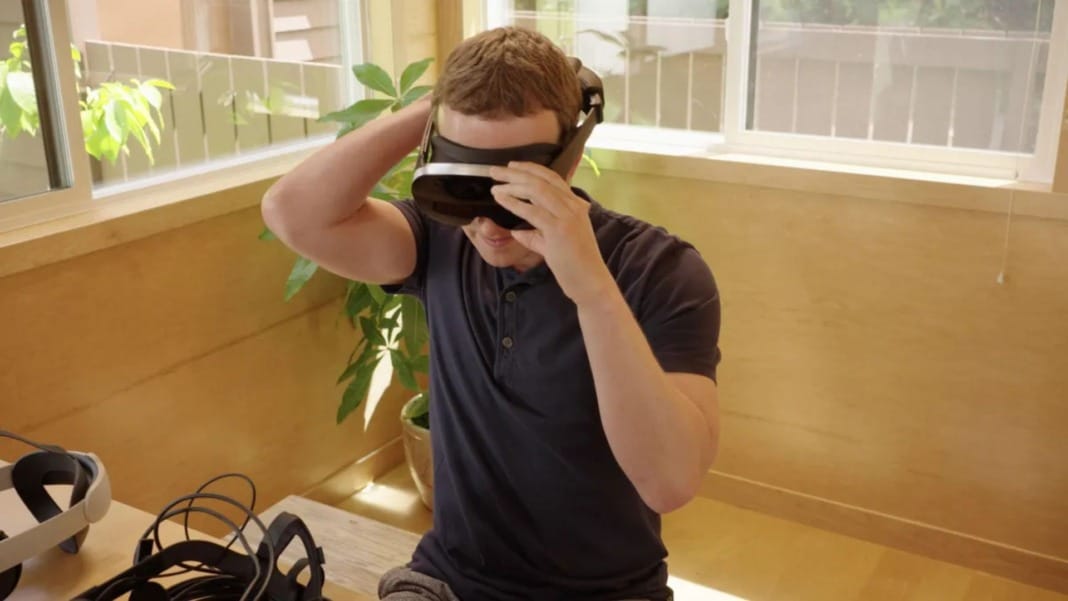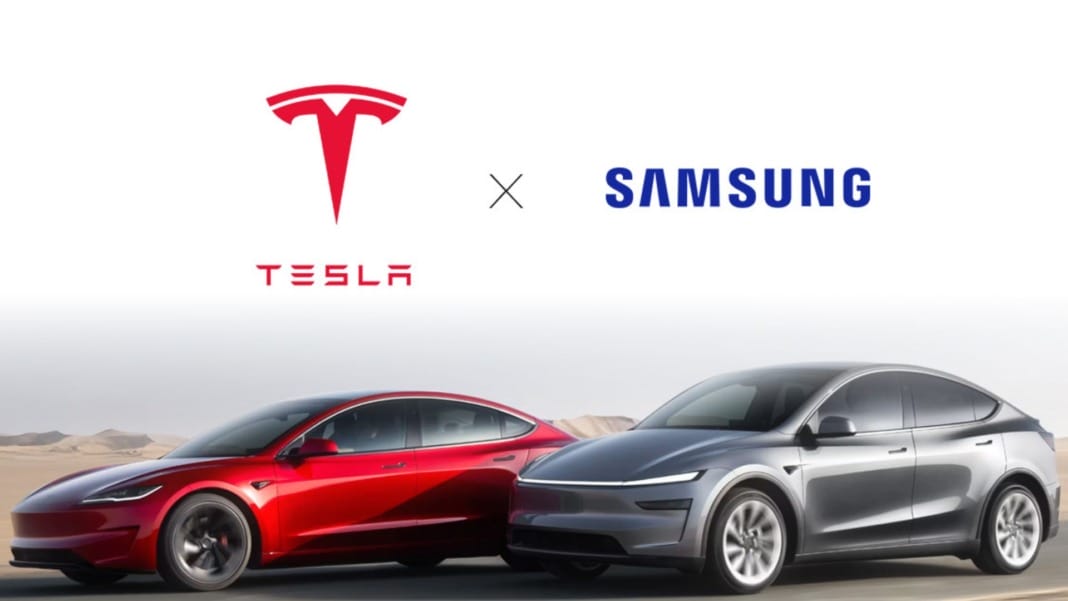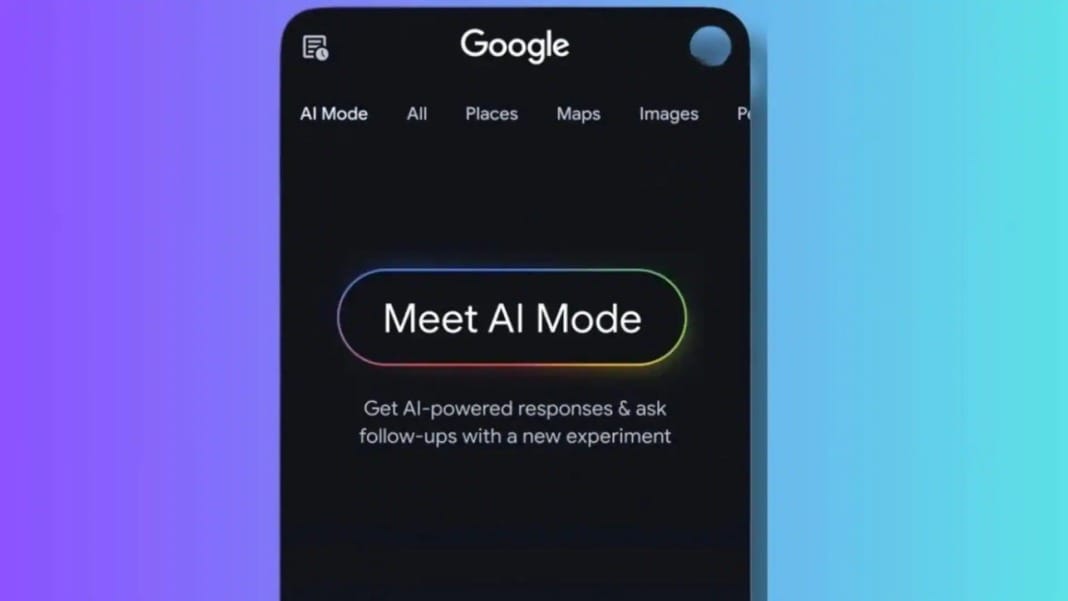Meta has unveiled new research into the optimal duration of virtual reality (VR) game sessions, offering insights that may shape both the future of VR software and upcoming hardware designs. According to the findings, the “Goldilocks” duration for most players is between 20 and 40 minutes—long enough to be immersive, yet short enough to avoid discomfort.
The research not only validates common VR user experience but could also be an early indication of changes to Meta’s next VR headset. Leaks suggest that the company’s upcoming device may resolve several long-standing issues, including comfort, weight, and battery limitations.
The sweet spot for VR gaming sessions
In its study, Meta concluded that a session lasting between 20 and 40 minutes delivers the best experience for most VR users. Sessions under 20 minutes often feel too short, particularly because of the preparation required—clearing space, putting on the headset, and adjusting to the virtual environment. While some mobile games can offer meaningful gameplay in short bursts of 5 to 10 minutes, VR generally requires a more substantial time investment to feel worthwhile.
Games like Beat Saber are designed for short loops—each level typically lasts the duration of a single song—but these are usually most satisfying when chained together. Whether it’s playing multiple songs during a workout or completing several missions to achieve a goal, the research supports the idea that meaningful gameplay requires at least 20 minutes.
On the other end of the spectrum, sessions beyond 40 minutes often begin to yield diminishing returns. Users may experience physical fatigue from active games, social fatigue from extended isolation in single-player modes, battery limitations, or even motion sickness, particularly among new users.
Meta’s conclusion? Games in the 20 to 40-minute range hit the optimal balance of engagement and comfort. “Goldilocks” sessions, as the company labels them, are neither too short nor too long, making them ideal for most players.
Implications for users and accessories
For VR newcomers, Meta’s research supports a cautious approach to buying accessories. While items like enhanced head straps or external battery packs can improve comfort and extend playtime, they may not be necessary for casual users sticking to the recommended session lengths.
“There are plenty of people who do push through that 40-minute barrier and love it,” one reviewer noted, recalling an intense play session with Batman: Arkham Shadow cut short only by battery limitations. Still, most players find 20 to 40 minutes sufficient, and Meta suggests using the headset for a few weeks before deciding which—if any—add-ons are truly needed.
With fast shipping readily available, users can upgrade their experience later if they feel limited by the standard setup. This approach helps prevent unnecessary spending on gear that may ultimately go unused.
Hints at Meta’s next hardware leap
Meta’s study could also be laying the groundwork for significant design changes in its next VR headset. Leaked details suggest that the company’s upcoming device—reportedly codenamed Puffin, and more recently Phoenix—might shift away from the current bulky design towards ultra-slim goggles.
Like Apple’s Vision Pro, the concept involves relocating much of the processing power and battery to an external unit, such as a small “puck” worn in a pocket. This would dramatically reduce the headset’s weight to just over 100 grams—compared to the Meta Quest 3’s 515 grams—making it much more comfortable for longer wear.
The lighter design could also accommodate larger external batteries without compromising comfort, potentially extending gameplay well beyond 40 minutes for those who desire it. However, as with all early leaks, nothing is confirmed. The next release from Meta might be a radically new headset—or something entirely different, such as a smartwatch.





